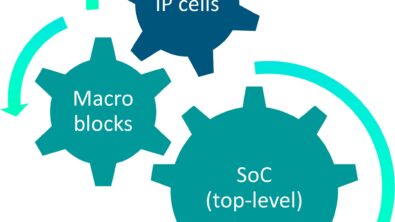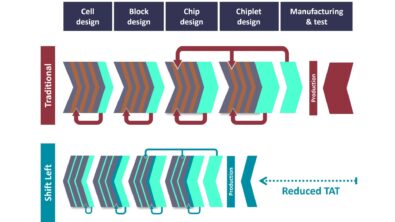Direct write DEF is DEFinitely the way to go for DFM back-annotation

By Armen Asatryan, James Paris
DFM back-annotation to P&R
Back-annotation of DFM changes to P&R databases can be a pain. While DFM optimization can help improve IC manufacturability and yield, DFM tools are not typically well-integrated with P&R environments. Because P&R databases use LEF/DEF data formats, and DFM tools produce output in GDS/OASIS, designers are stuck running database conversions. These conversions not only take a lot of time to set up correctly, but also typically have long runtimes.
There are EDA utilities that help design teams back-annotate changes directly in DEF format to commercial P&R tools, but they can be difficult to set up correctly, and are subject to operational constraints that limit their usefulness.
Direct write DEF
Better solution? How about a direct write DEF function? The Calibre nmPlatform offers a back-annotation functionality that enables Calibre applications to write incremental or full design DEF data directly from Calibre rule decks. It’s implemented as a rule deck operation, and provides a straightforward way to define the mapping of fill, net and via objects to DEF layers.
Even better? It can be combined with the Calibre direct read DEF functionality to build a tightly integrated flow for P&R engineers. Together, these functionalities enable core Calibre applications to read and write P&R design data using rule deck operations. Direct read DEF enables LEF/DEF object and property mapping to Calibre layers, while the direct write DEF capability enables Calibre applications to write DEF data directly from Calibre operations.
All the details are in our technical paper, Optimizing the integration of DFM and P&R. Download or read it today, and you will DEFinitely be on the right track to a better design implementation flow!


